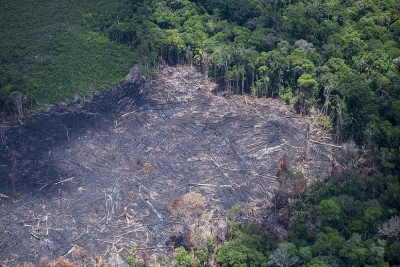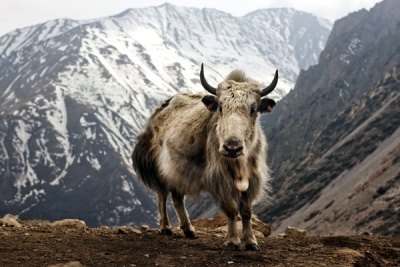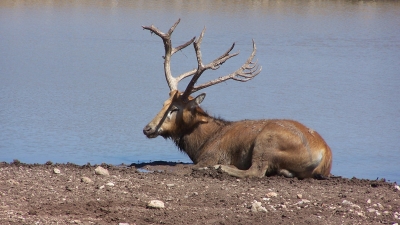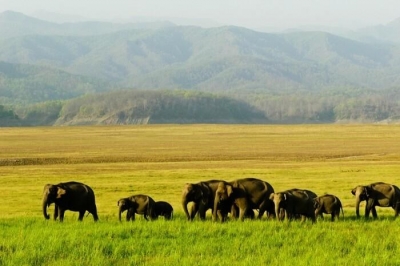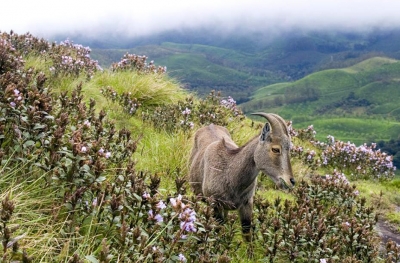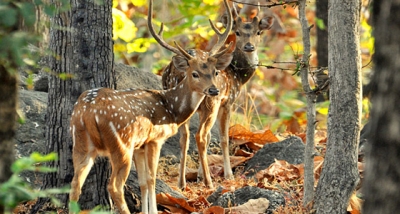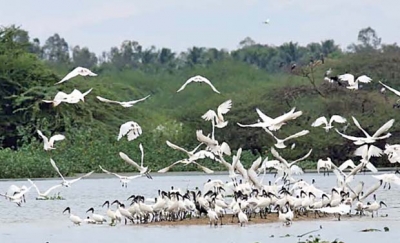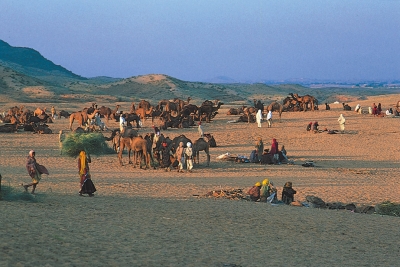Is time ticking away for the Arctic?

Centred on the North Pole, the almost perennially ice-covered Arctic is a polar region. It comprises the Arctic Ocean, and spans the U.S., Canada, Greenland, Iceland, Norway, Sweden, Finland, and Russia. The dominant biome (ecological area) of the Arctic is the tundra, which offers different kinds of landscapes from lowlands to mountains for plant and animal life. The tundra is characterised by low temperatures, high winds, and more than half a year without sunlight, resulting in a harsh climate. This means the biodiversity in the region is low, and only those plant and animal species that can adapt survive.
Wildlife
Due to its geographical location, the Arctic does not boast a variety of native trees, birds, animals, etc. But, it does make up for this with huge numbers in terms of population and uniqueness. The region is home to around 2.000 species of plants, including grasses and flowering plants. But they have a very short window to grow-about two months in summer. Some of the resident and migrant birds here include ravens, owls, ptarmigans, ducks, swans, plovers, curlews, falcons, hawks, gulls, buntings, fulmars, kittiwakes, terns and geese. The mammals in the region include the polar bear, seals, caribou, Arctic wolf, Arctic fox, Arctic hare, Arctic squirrel, musk ox, and rodents such as lemmings and voles. Due to the low temperatures, there are hardly any reptiles or amphibians in the tundra.
Threats
- Over the last three decades, the Arctic has warmed at about twice the rate as the rest of the world. This phenomenon has been called Arctic amplification. In essence, the Arctic is the fastest warming region globally. Scientists are of the view that this is a signal of human-induced climate change. The impact of the warming has been telling. Both floating sea ice in the Arctic Ocean and snow cover on land are decreasing. Meanwhile, many of the regions glaciers are retreating. Permafrost-the permanent frozen ground in many places within the Arctic is thawing.
- In addition to thinning ice and warming waters, the region has been witnessing long longer summers and shorter winters. This has an impact of the lifecycle of the vegetation and the animals of the region. For instance, polar bears depend on sea ice to hunt. But thinning ice means that much less access to food. There have been instances of polar bears entering residential localities in search of food. In the long-term, the lack of access to food would mean weaker cubs, and eventual extinction of local populations.
- The Arctic plays a vital role in keeping the world's climate balanced, and changes here will have an impact not across just the Northern Hemisphere, but across the globe. For instance, the Arctic's vast white ice cover sends back some of the sun's rays into space, keeping overall temperatures across the world even. So, when this ice cover shrinks, it absorbs more rays, leading to higher temperatures, and this vicious cycle will keep continuing.
- Among the other threats to the region are air pollution (black carbon from diesel engines can settle on the snow): industrial activities (mining and drilling can damage the fragile tundra habitats): and invasive and migrating species (the depletion of food sources and hosting of parasites, etc.).
Picture Credit : Google

